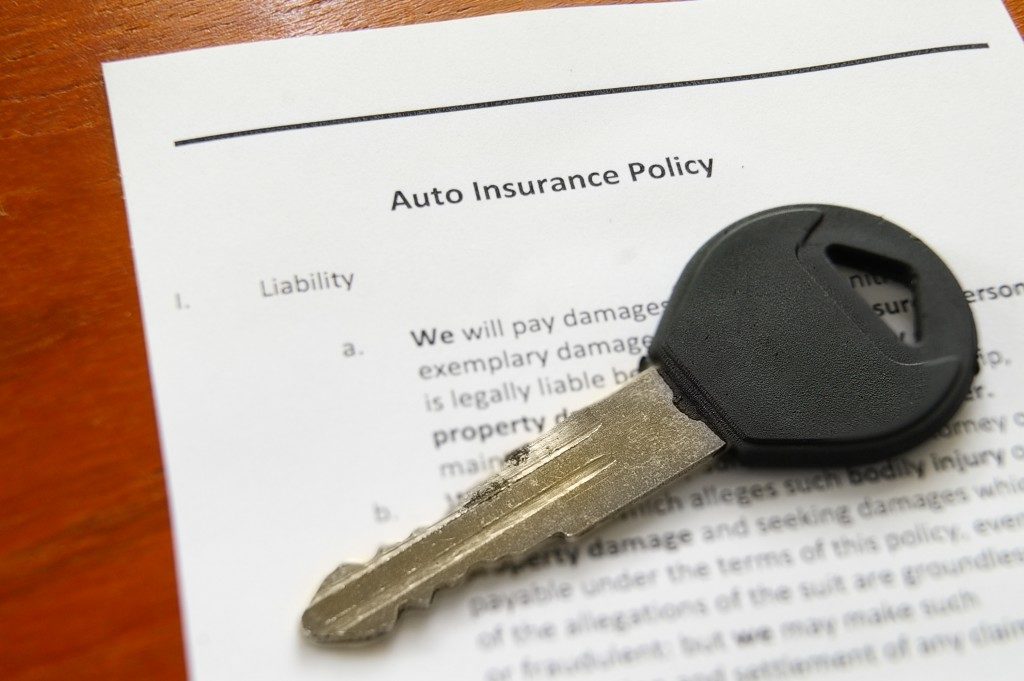Most vehicle owners will get insurance to satisfy state and local regulations. They see only a few personal benefits and consider it a waste of time more so when they think they are careful drivers. Even the best and most careful of drivers are, however, not protected from accidents. You, after all, cannot vouch for the driving skills and strict observance of rules by all road users.
Buying low-cost auto insurance is not necessarily your best choice. You should consider the main sections of your policy to guarantee it meets your needs. Vehicle insurance policies comprise six main parts. Four of these are the types of coverage you will get, one includes a policyholder's duties after an accident and the last the general provisions of the policy. Here are tidbits on these sections.
Liability and Medical Payments
These are in two sections. The liability section covers bodily injuries and property damage you will have caused when you are found responsible for an accident. For instance, if you crash into another driver's vehicle, your personal auto insurance in Wisconsin will cover the expenses related to the damage you cause. It can also include any injuries the victim suffers up to the limits in your policy. In some states, medical payments are called PIP (personal injury protection). They protect a policyholder and their passengers who can gain injuries in an accident irrespective of the person at fault. PIP covers not only medical care costs but also funeral costs up to its specified limit.
Uninsured Motorists and Physical Damage
These also make up two distinct sections in your policy. The uninsured motorist cover compensates policyholders and their vehicle occupants for bodily injuries in an accident. The attribution is to drivers who are underinsured or have no liability coverage. It also covers the property damage along with body injuries that you will suffer in a hit-and-run accident. The physical damage coverage is also called the collision or comprehensive cover. It covers the physical damage your vehicle will sustain in an accident irrespective of who is at fault. It also includes car theft and vandalism, among other elements.
Policyholder Duties after a Loss

You have specific responsibilities as the policyholder after a loss or accident. You, for instance, should promptly notify the police if you are a hit-and-run victim under the uninsured cover. Under the physical damages policy, on the other hand, policyholders are meant to take all reasonable steps to minimize the impact of an accident on their vehicle.
General Provisions
This section includes the conditions of your policy and your obligations, along with your insurer's. A common requirement is that the insurance will cover losses only within the given period on the declarations page. The policy terms in the general provisions section cannot be waived or changed without a written endorsement. Any premium adjustment takes effect on the date of the policy's change.
An understanding of the sections mentioned above is essential when investing in car insurance. This way, you know what your insurer rightfully owes you. While the specific terms used by your insurer might change in your policy, they more or less encompass the tidbits above.

